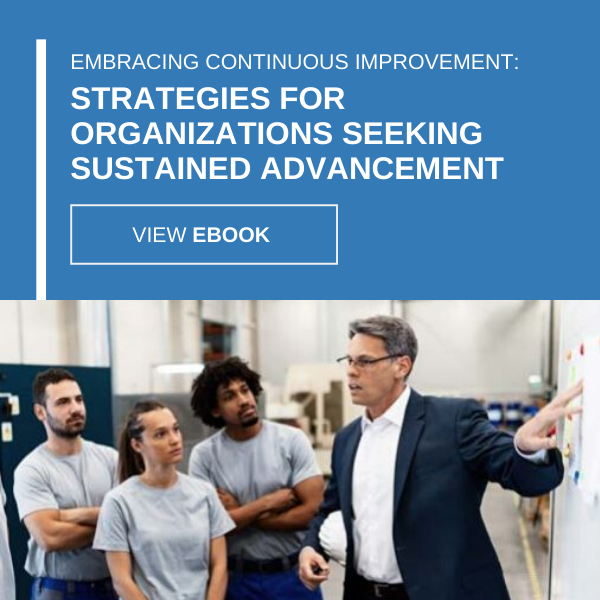
Five Essentials for Process Mapping
Process mapping allows businesses to chart out steps in a given system to understand them more fully. Virtually every process in any industry can and should be mapped, in order to conceptualize exactly where bottlenecks may exist, wasteful actions occur and, where emergency detours might be necessary to preserve production or service uptime.
As any cartographer will tell you, there are right and wrong ways to construct maps. While process mapping might not have been what map-makers like the ancient explorers had in mind, similar rules apply. We’ve collected a few best practices for creating valuable process maps that deliver results and hone operations.

“Process mapping works best with concrete tasks.”
1. Tangible processes map best
Almost any process materializes well onto a process map. It is, however, worth noting the small category of those that don’t: highly abstract processes. Process mapping works best with concrete tasks that include appreciable and quantifiable objectives.
If process map-makers find it keeps failing to address all the concerns that led them to begin the project in the first place, that may be a sign the prospective map ought to be broken down into smaller chunks, a set of process maps within a greater process map. The road to the top of the mountain is beaten by many footsteps, so don’t attempt to leap there in a single bound.
2. Know where you’ve been and where you’re going
Since it is a tool commonly attributed to an agenda of continuous improvement, process mapping exists within a time continuum. Perhaps an organization has used process mapping since its inception, or maybe it’s part of a new operational excellence initiative. In either case, the use of this resource represents a single moment in an organization’s unending commitment to changing for the better. As such, process mapping should exploit the context of time any way it can.
“Treating process maps like historical documents can provide valuable insight.”
Process mapping can provide valuable insight as to how a company’s performance has improved or declined – a great metric for change management – as well as what sorts of process maps might be worthwhile in the future. Concise documentation is always needed to flesh out the story around the map: the reasons for updating, iterations of experimentation with process changes or shifts, or whether the team reached its goals at that time in history.
These notes will be informed by legacy and, in turn, inform future mappers. After all, process changes may pave the way for whole new avenues of possibility. Most of all, meticulousness ensures no step in the process goes unheeded and operations have the highest potential to succeed.
3. Strive for simplicity
All that said, these notes should be supplementary to process mapping and not exist on the map itself. Process maps should clearly and succinctly outline a system in the order it should be performed, with careful attention paid to visual simplicity. Save the extra documentation for planning meetings, but leave it off the map itself to prevent confusion or worse: non-use.
4. Try cross-functional mapping – but only when you’re ready
While all process maps are subject to time, only some are subject to a single department. In many instances, process mapping is most beneficial when it goes beyond a single silo. However, cross-functional process mapping adds a new dimension of complexity, as different departments may be subject to requirements, regulations, customs and, other kinds of checks and balances.
Gain some experience with a few simpler processes before tackling organization-wide process mapping challenges. Cross-functional maps can bring about significant improvements, but only if they’re established and implemented with speed and accuracy honed through experience.
“Every step from beginning to end should result in some tangible value.”
5. Distinguish value at every turn
Process mapping is very much a value-based activity. Every step from beginning to end should result in some tangible value for the organization and/or its customers, even if the benefit is simply a more optimized system. But to accomplish this, the map-maker must examine what value means for their organizations – and their organizations alone – as it pertains to each component of their process maps as well as the “big picture” objective.
Say a manufacturer wants to create a process map for an equipment changeover that includes a recently established standardized method operators have been asked to perform. Although the overarching reason for standardization might be to improve lead times, each step within the process map should demonstrate a quantifiable time management improvement over past operations:
Has the location of the equipment components necessary for changeover moved so they’re physically closer to the operator? Does the asset need to be equipped with different resources like raw materials or packaging? If so, how with a process mapping change factor into reloading?
However, the value in a single step doesn’t necessarily have to align with the process map’s general objective. So long as it’s of benefit to either the business or the client, the process map succeeds.





